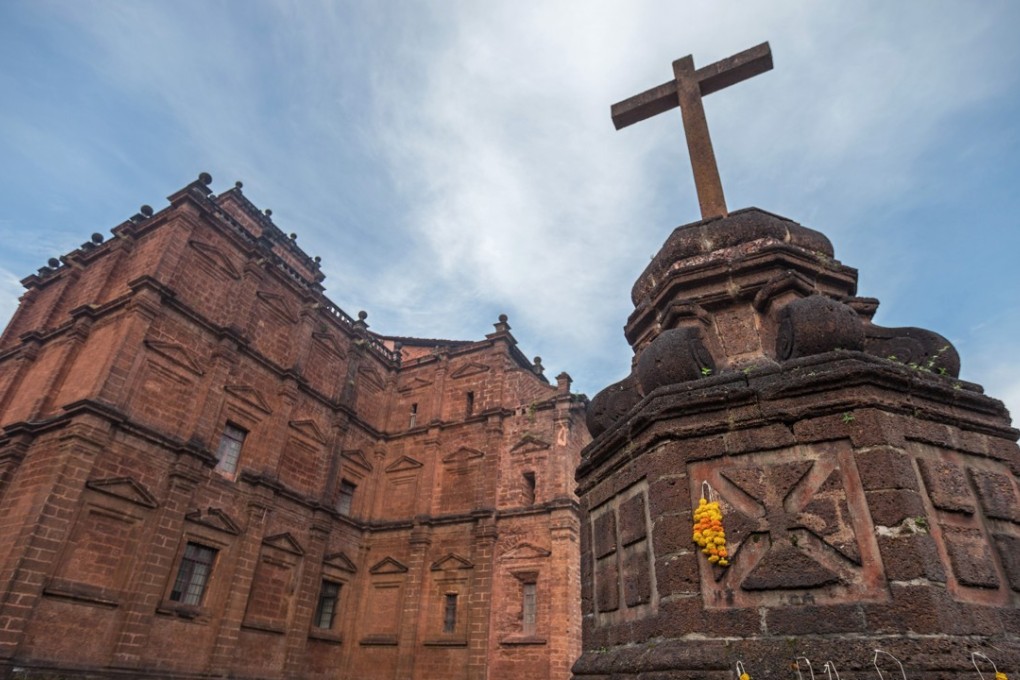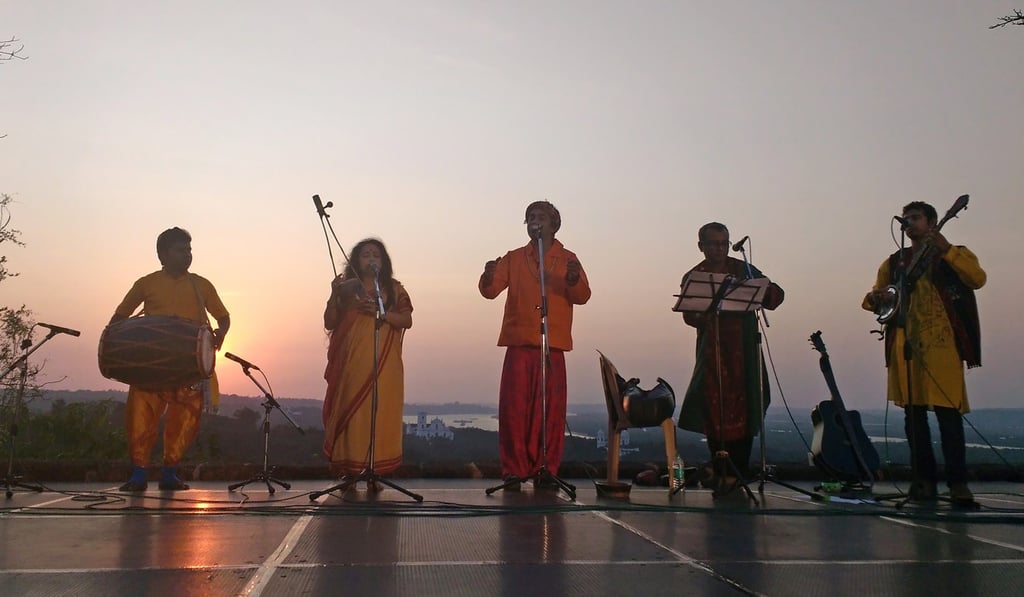India’s party capital Goa is also a haven of classical music and Catholic churches
In addition to sun-kissed beaches and a thriving party scene, Goa boasts a fascinating cultural, religious and architectural heritage, which is well worth listening to

Every Sunday, the Basilica de Bom Jesus offers an experience as unsterotypically Indian as any across the subcontinent. Beyond the weathered, rust-red walls of this venerable church, the dusty roads of Old Goa (Velha Goa) are thronged with buses and auto-rickshaws, many carrying day trippers from the sugar-soft beaches of the nearby coast. But inside, beneath stone cherubs, gilded reredos and a vaulted wooden ceiling, the start of Catholic Mass brings order and religious repose.
As the choir performs the first of the morning’s Latin hymns, melodious sopranos and rich tenors fill the hallowed space with harmonies of haunting beauty. With closed eyes and a vivid imagination, this could just be the Goa of five centuries past.

It was 1510 when swashbuckling Portuguese general Alfonso de Albuquerque snatched the port city known today as Old Goa (now part of the Goan capital, Panaji). In line with Portugal’s mission to convert its new territory to Christianity, sumptuous churches, chapels and convents were thrown up, earning Old Goa the title “Rome of the East”.
“All of these places of worship needed choirs and people proficient in instruments such as the organ and violin,” explains Panaji resident and classical music lover Dr Luis Dias. “These had to be trained up locally because there just weren’t enough Portuguese to do the job. Goans became highly skilled classical musicians and singers who then plied their trade across India.”
It is now more than 50 years since the Portuguese relinquished control of Goa. Yet this has always been a fecund place for musical innovation, and the rhythms of yesteryear run strong in Goan blood. Stoked by a selection of passionate individuals, the innate musicality of this pint-sized state is now driving a choral and classical music revolution.
For centuries Goans have been talented musicians and beautiful singers [...] Western classical music wasn’t dead here, it just needed to be reawakened
Goa is renowned for its vibrant nightlife, sun-kissed sands and mouthwatering, fiery cuisine. Yet Old Goa, an enclave within an enclave, is lower down many people’s list of attractions. Which is a shame, because this majestic cluster of churches, cathedrals and convents alone is reason enough to visit the state.
If Old Goa’s rise under the Portguese was dazzling, so was its fall, with rampant outbreaks of cholera and malaria forcing the city to be evacuated in the 1600s. Nearby Panaji (Panjim) became the official Goan capital in the mid-19th century. Many of Old Goa’s churches and cathedrals, which were collectively declared a Unesco World Heritage Site in 1986, are exceptionally well preserved. Others, left to the ravages of jungle, climate and time, are little more than ruins.

One of the best places to get a sense of Old Goa’s former grandeur is a wooded hill behind St Cajetan Church. It is here that de Albuquerque built the Capela da Nossa Senhora do Monte (Chapel of Our Lady of the Mount) in 1510. An early morning climb up the chapel’s moss-clad steps offers a glorious view across the spires and belltowers of the former capital, framed by the Mandovi River’s serpentine sweep and rearing up from the mist-clad jungle like relics of some Catholic Shangri-La.
The Chapel of Our Lady of the Mount has played a key role in Goa’s classical music revival. The first Monte Music Festival was held here, in 2002, with musicians, singers and an audience of locals and overseas visitors cramming themselves into the ornate interior and spilling out across the weed-strewn paving of the chapel courtyard.
